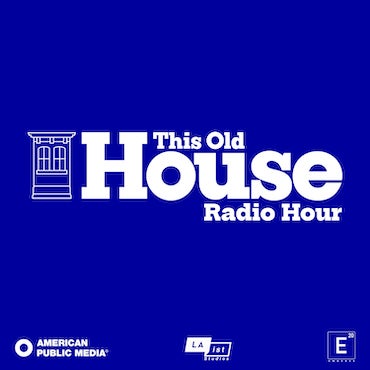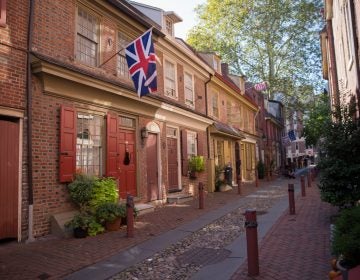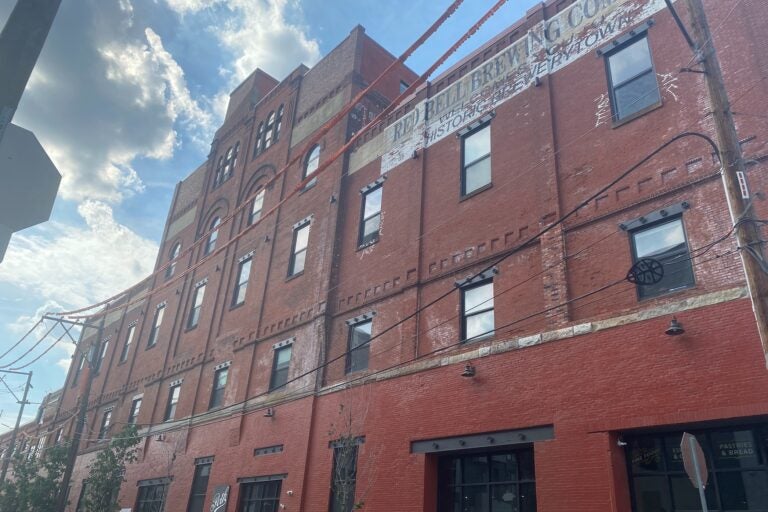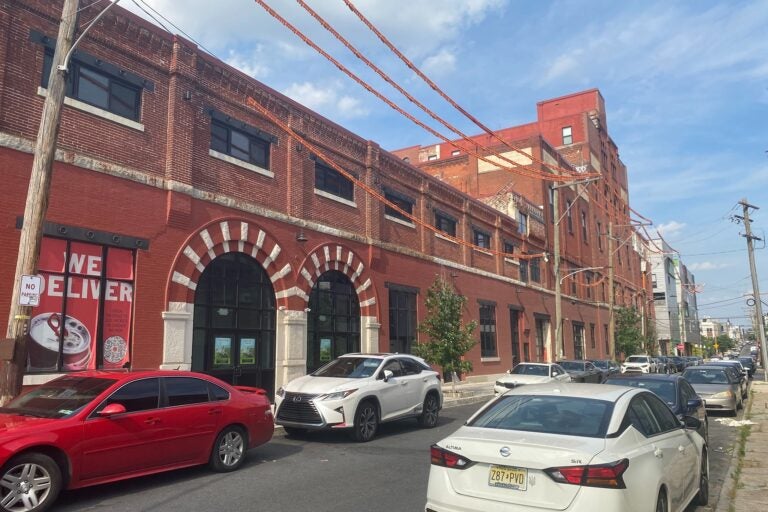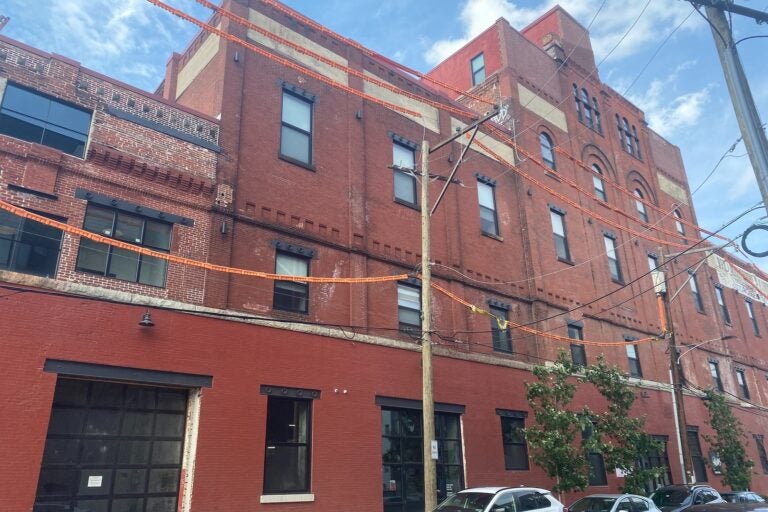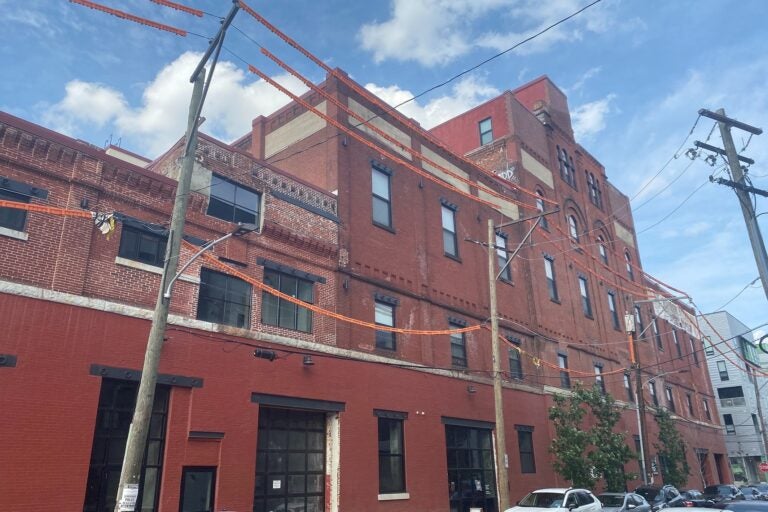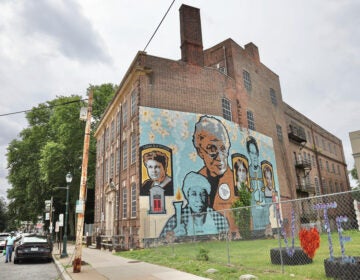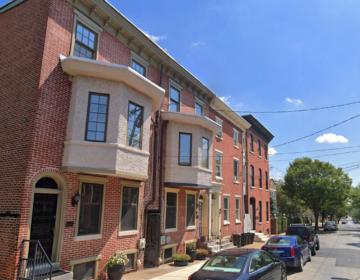‘Woefully behind’: Pa. advocates hope more support for historic revitalization is part of the state’s budget
Pennsylvania’s historic preservation tax credit program has an annual cap of $5 million. Legislation moving through Harrisburg would change that.
Listen 3:43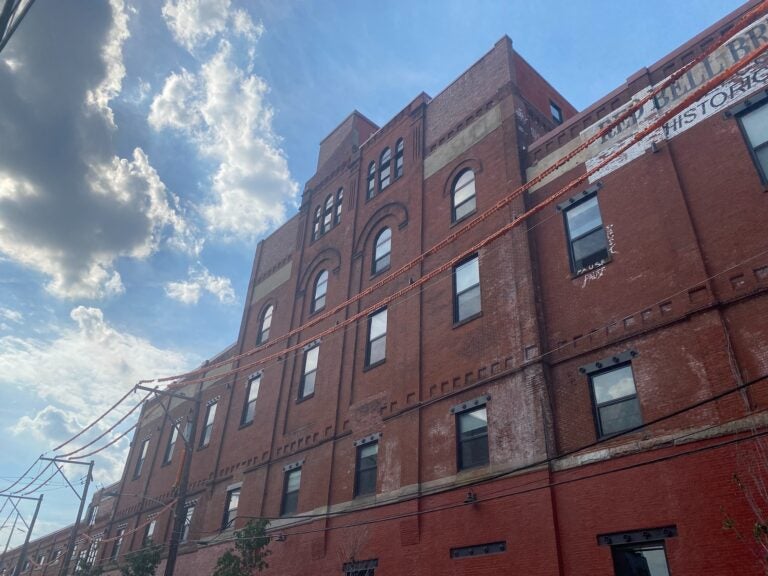
Poth Brewery Lofts in Brewerytown. The $42 million project was completed with historic preservation tax credits. (Aaron Moselle/WHYY)
Have a question about Philly’s neighborhoods or the systems that shape them? PlanPhilly reporters want to hear from you! Ask us a question or send us a story idea you think we should cover.
Preservationists and developers are keeping their fingers crossed for new state funding to revitalize historic buildings.
Two bills introduced this month would significantly raise the annual cap for the state’s Historic Preservation Tax Credit program, a public subsidy developers often use to finance the transformation of vacant historic properties on the National Register of Historic Places.
At $5 million, advocates say Pennsylvania’s program is unable to meet the demand for these credits, discouraging developers and putting irreplaceable properties at risk.
“We are woefully behind our neighboring states,” said Mindy Crawford, executive director of Preservation Pennsylvania, a statewide group.
Pennsylvania has one of the smallest annual caps in the country. Of the 39 states that have historic tax credit programs, only three offer less funding each year.
A bipartisan measure introduced in the Senate would change that by setting the program’s annual cap at $50 million. The amount would put Pennsylvania on equal footing with New Jersey and above Maryland and Delaware, which offer $20 million and $8 million, respectively.
Ohio has a $120 million allocation. New York’s program does not have a cap.
“One of the reasons we love Pennsylvania is we love our historic fabric. And we hate to lose it. And we hate to lose it for lack of support. And I think that’s pretty widely felt,” said state Sen. Nikil Saval (D-Philadelphia), the bill’s prime sponsor.
A companion bill moving through the House would raise the annual cap to $20 million. The legislation was recently voted out of committee, moving it one step closer to passage.
Neither measure faces much opposition.
Paul Steinke, executive director of the Preservation Alliance for Greater Philadelphia, isn’t surprised about the bipartisan support. He said the state’s tax credit program is an economic engine, creating jobs and tax revenue as properties return to productive use.
He calls the program a “win-win” for “everyone who cares about the health and vitality of our cities and towns across the commonwealth.”
“If you take a vacant building that’s contributing little to nothing to the tax rolls and you fill it with residents or with offices or with businesses, retail or restaurants, the impact on those communities is immediate and can be transformative in terms of revitalizing small towns and big cities across the state,” Steinke said.
Advocates say the program also poses little financial risk to the state.
Under the program, developers who are awarded these tax credits do not receive the subsidy until the project is completed. The funding can still be used to leverage other financing, including the construction loans many developers rely on to complete these projects.
“And if the project doesn’t happen, the tax credit won’t go out,” said Crawford.
Developer David Waxman has applied for and received historic preservation tax credits for three projects in Philadelphia, including the $42 million revamp of a historic brewery.
The hulking brick building in Brewerytown dates back to 1870. It was used to make beer until Prohibition, and later became warehouse space before returning to its sudsy roots for a time.
The building remained vacant for nearly two decades when MMPartners acquired it in 2019.
“It was blighted, and another year or two of sitting it probably would have been beyond repair and torn down. And so then you would have had this gem that spoke to the history of the neighborhood gone and replaced with what we like to call spaceship buildings — these new build mid-rises with 10 materials on the facade and kind of built like crap,” Waxman said.
MMPartners transformed the dilapidated building into Poth Brewery Lofts, a mixed-use development with more than 100 apartments and 25,000 square feet of commercial space.
While the value of the tax credits — $200,000 — was small compared to the project’s bottom line, Waxman said the subsidy was an important part of the capital stack his company presented to lenders.
Like Crawford and Steinke, he hopes more funding will be available in the future so more of the state’s historic buildings can be saved and renovated — no matter who is doing the saving.
“It’s very challenging in this market to get these projects financed, so any kind of subsidy that you can layer on is extraordinarily helpful,” said Waxman.
Lawmakers must pass a budget by the end of the month.
If this year’s budget doesn’t include additional funding for the tax credit program, advocates say they’re prepared to push for it again.

Subscribe to PlanPhilly
WHYY is your source for fact-based, in-depth journalism and information. As a nonprofit organization, we rely on financial support from readers like you. Please give today.

